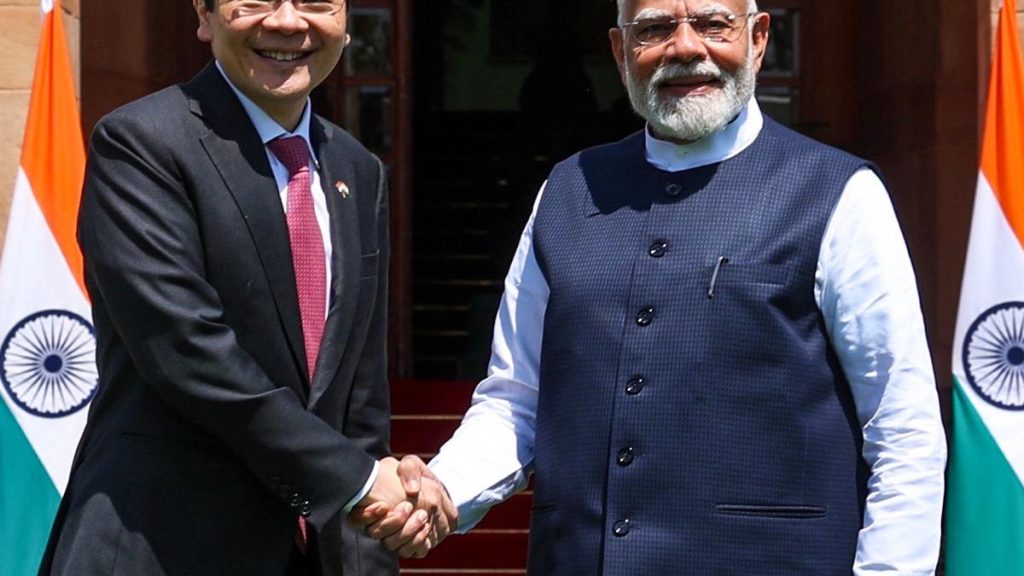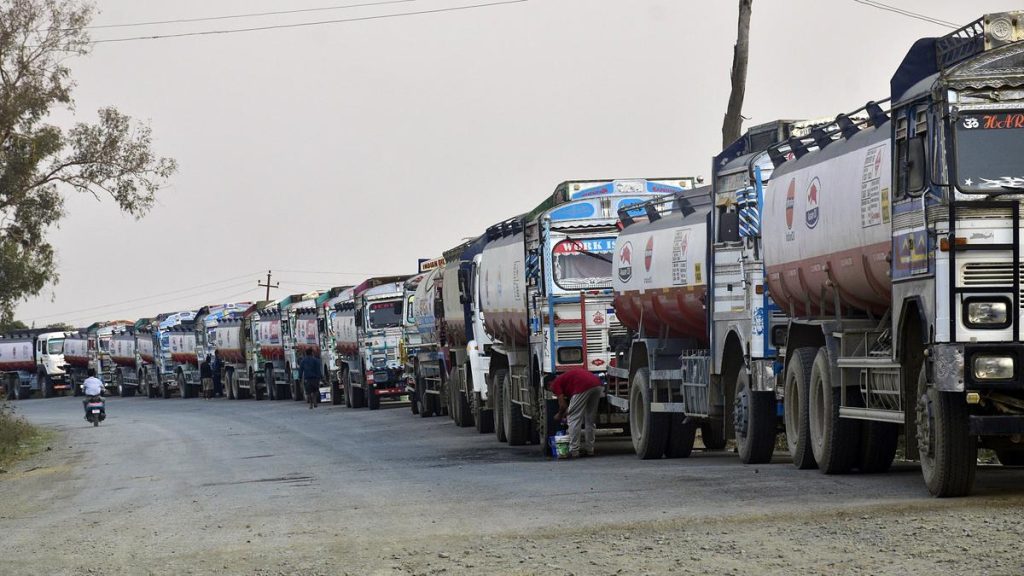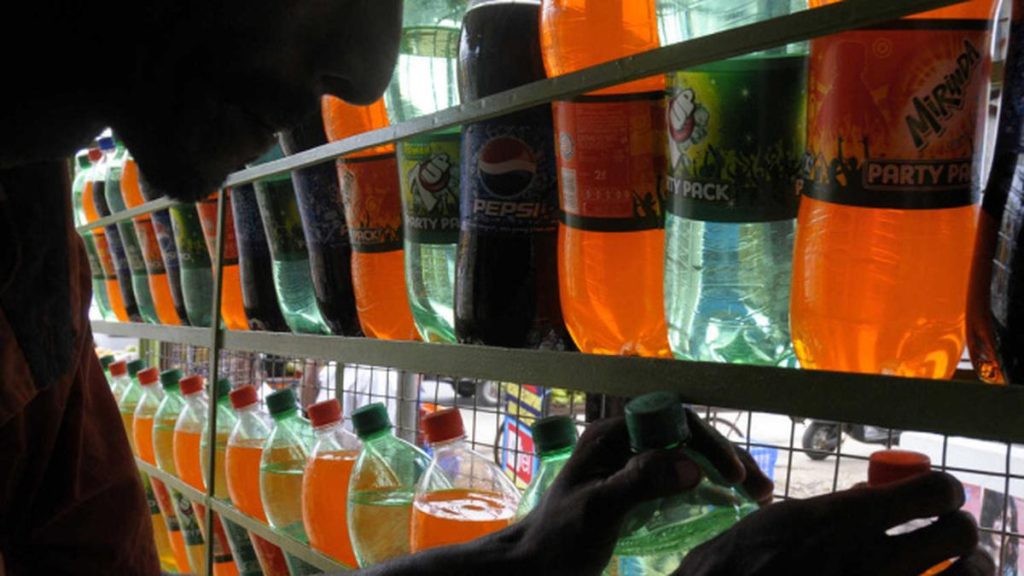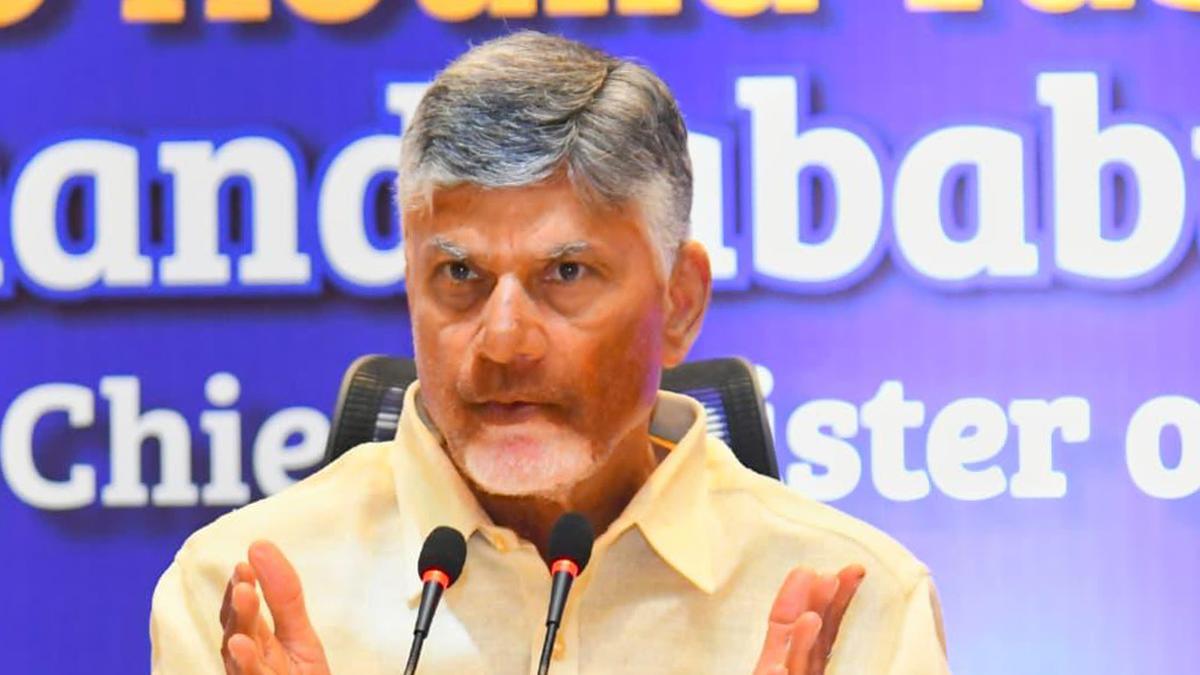Now Reading: Debating the 50% Reservation Cap: Key Points Explained
-
01
Debating the 50% Reservation Cap: Key Points Explained
Debating the 50% Reservation Cap: Key Points Explained
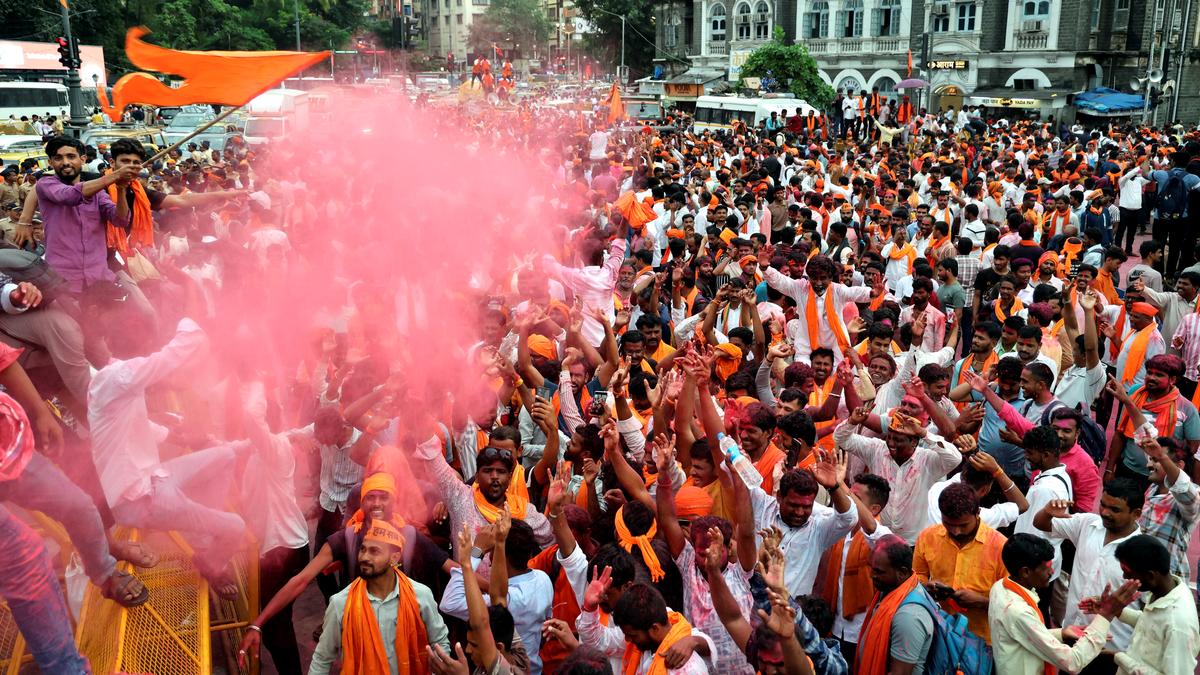
Quick summary:
- Tejashwi Yadav, leader of opposition in Bihar, has promised to increase reservation to 85% if voted to power.
- Supreme Court issued a notice to the Union government on a petition seeking introduction of a ‘creamy layer’ exclusion for Scheduled Castes (SCs) and Scheduled Tribes (STs).
- Articles 15 and 16 of the Constitution allow reservations for socially and educationally backward classes under principles ensuring equality. Currently, central reservation percentages are: OBCs (27%), SCs (15%), STs (7.5%), EWS (10%), totaling 59.5%. States vary based on their policies.
- The Supreme Court judgments in key cases like Balaji vs Mysore and Indra Sawhney capped reservations at 50%, barring exceptional circumstances.
- Concerns over unfilled reserved seats arise; up to 40%-50% vacancies persist for OBCs, SCs, and ST categories at the central level.
- Rohini Commission revealed unequal access within OBC reservations-97% benefits go to ~25% sub-castes; many communities remain underrepresented.
- Issues persist regarding whether a ‘creamy layer’ system should apply within SC/ST categories; critiques argue this could further exacerbate vacancy backlogs.
Image caption: Maratha community members celebrate Maharashtra government’s decision accepting demands for Kunbi caste certificates granting them eligibility for reservation as OBCs.
Indian Opinion Analysis:
The discourse surrounding reservations reflects complex tensions between formal equality and substantive measures aimed at addressing ancient disadvantages faced by marginalized communities in india’s socio-economic structure. While calls for increased quotas beyond the judicial cap mirror demands proportional to population demographics,such moves raise questions about constitutional guarantees of equal opportunity under Article 15 and practical limits set by legal precedents.
The enduring concerns over concentration of benefits within dominant sub-groups reveal systemic inefficiencies that may hinder equitable distribution among less represented castes or tribes-a concern backed by data from commissions like Rohini’s report analyzing disparities in OBC representation.
Promising solutions could include sub-categorization or prioritization mechanisms targeting marginalized sections first among broader groups while accommodating empirical evidence from upcoming caste censuses.Tho, skill development initiatives might serve as essential complements as public sector jobs alone cannot meet aspirations amidst India’s rapidly expanding young population base.
Efficient policy design informed by stakeholders’ input remains critical in creating frameworks balancing affirmative action with wider societal growth aspirations.
Read More: Link


